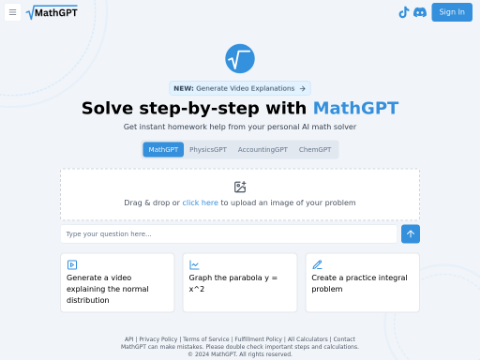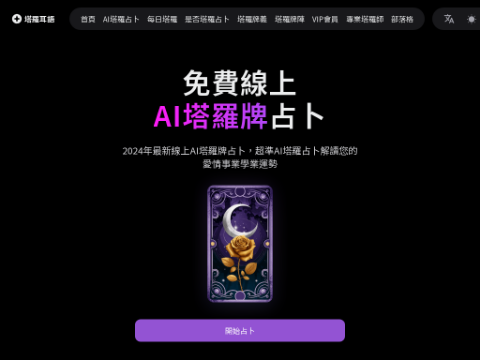Google has announced the open-source release of SynthID, its proprietary text watermarking technology, through the company's Responsible Generative AI Toolkit. The technology is designed to enhance the detectability of AI-generated text.
Pushmit Koli, Vice President of Research at Google DeepMind, told MIT Technology Review, "Now, other generative AI developers will be able to utilize this technology to detect whether text outputs are generated by their own large language models, enabling more developers to build AI responsibly."
As large language models are increasingly used to disseminate political disinformation, generate non-consensual explicit content, and for other malicious intents, watermarking has become an essential tool. California is contemplating mandatory AI watermarking, and the Chinese government began enforcing this requirement last year. Nonetheless, these tools remain under development.
Introduced last August, SynthID embeds invisible watermarks during the generation of images, audio, video, and text, enabling the detection of AI-produced outputs. Google explains that the text version of SynthID operates by subtly decreasing the likelihood of certain text outputs, in a way that is detectable by software but remains unnoticed by humans.
Large language models generate text tokens sequentially, where each token can represent an individual character, word, or a segment of a phrase. To create coherent text sequences, the model predicts the next most probable token based on preceding words and their associated probability scores.
For instance, in the sentence "My favorite tropical fruit is __," a large language model might begin completing it with tokens such as "mango," "lychee," "papaya," or "durian," assigning each a probability score. When multiple tokens are available for selection, SynthID can adjust the probability scores of each predicted token in a way that does not affect the quality, accuracy, or creativity of the output.
This procedure is applied consistently across the entire generated text, resulting in a single sentence potentially containing ten or more modified probability scores, and a full page may include hundreds. The final pattern formed by the selected words and their adjusted probability scores constitutes the watermark.
Google asserts that SynthID has been integrated into its Gemini chatbot without sacrificing the quality, accuracy, creativity, or speed of the generated text—a common challenge with watermark systems. The company states that the technology is effective for texts comprising at least three sentences and for content that has been cropped, rewritten, or modified. However, it faces difficulties when dealing with short texts, rewritten or translated material, and even factual responses.
In a blog post released in May, Google stated, "SynthID is not a cure-all for identifying AI-generated content. Nevertheless, it serves as a crucial foundation for developing more dependable AI detection tools and aids millions in making informed decisions about interacting with AI-generated material."








